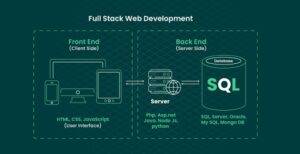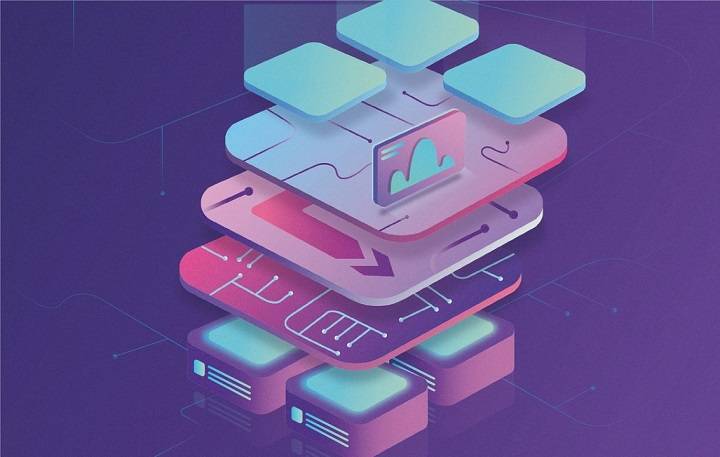In the fast-paced world of technology, the term “tech stack” has become increasingly common. But what does it mean, and why is it crucial for businesses, developers, and anyone involved in the tech industry? This comprehensive guide aims to demystify the concept of a tech stack, explore its components, and shed light on its significance in the digital landscape.
Understanding the Basics
Definition of a Tech Stack
A tech stack, short for technology stack, is a combination of software and programming languages used to build and run a web or mobile application. It represents the underlying foundation that enables your digital product to function. Think of it as the building blocks of your project.
Components of a Tech Stack
A typical tech stack consists of three essential components:
- Frontend: The user interface of your application, which users interact with directly. It includes web pages, mobile app screens, and the visual elements that make your application user-friendly.
- Backend: The behind-the-scenes functionality that powers your application. This component handles server-side processes, databases, and application logic.
- Database: The repository where all your application’s data is stored. Databases come in various forms, such as relational databases like MySQL, NoSQL databases like MongoDB, and more.
The Tech Stack Breakdown

Frontend
1. HTML (HyperText Markup Language)
- HTML is the foundation of any web page.
- It defines the structure and content of your website.
2. CSS (Cascading Style Sheets)
- CSS is responsible for styling and layout.
- It controls how your website looks, ensuring a pleasant user experience.
3. JavaScript
- JavaScript adds interactivity to your site.
- It’s essential for dynamic web applications and user engagement.
Backend
1. Server
- The server, often powered by languages like Node.js, Python, or Ruby, handles requests from the frontend.
- It processes user inputs, communicates with the database, and sends responses back to the client.
2. Frameworks
- Frameworks, such as Django (Python), Ruby on Rails (Ruby), and Express.js (Node.js), provide a structured foundation for developing backend logic.
- They streamline the development process and improve code maintainability.
3. Databases
- Choose the right database type for your application, such as MySQL, PostgreSQL, MongoDB, or Cassandra.
- It’s crucial to design a database schema that suits your data model.
Database
1. Relational Databases
- Ideal for structured data.
- Suitable for applications requiring complex queries and transactions.
2. NoSQL Databases
- Designed for flexibility and scalability.
- Great for handling unstructured or semi-structured data and high-velocity data streams.
Importance of a Tech Stack
Scalability
- The choice of a tech stack greatly impacts your application’s ability to scale. A well-structured tech stack ensures that your app can handle increased loads and user demand.
Performance
- A well-optimized tech stack can significantly improve your application’s performance. Efficient code and a suitable database system can result in faster load times and smoother user experiences.
Cost-Efficiency
- Selecting the right tech stack can also affect your project’s budget. Some technologies are open-source, while others require licensing fees. Your choice can impact both initial and ongoing costs.
Time-to-Market
- The right tech stack can expedite development, helping you bring your product to market faster. Frameworks and libraries can accelerate the development process.
Choosing the Right Tech Stack
Considerations
- Your project’s specific requirements: scalability, performance, and budget constraints.
- Your team’s expertise and familiarity with certain technologies.
- The project’s long-term vision and potential for growth.
Prototyping and Testing
- It’s often a good idea to create prototypes or proof-of-concept versions of your project to assess which tech stack works best.
Flexibility
- Keep in mind that tech stacks are not set in stone. You can evolve and adapt your stack as your project grows or as technology advances.
A tech stack is the backbone of your digital project. It influences the performance, scalability, and cost-effectiveness of your application. By choosing the right tech stack and being open to adaptation, you can create a powerful and successful digital product. Understanding the components and their interactions is the first step towards making informed decisions that drive your project to success.

